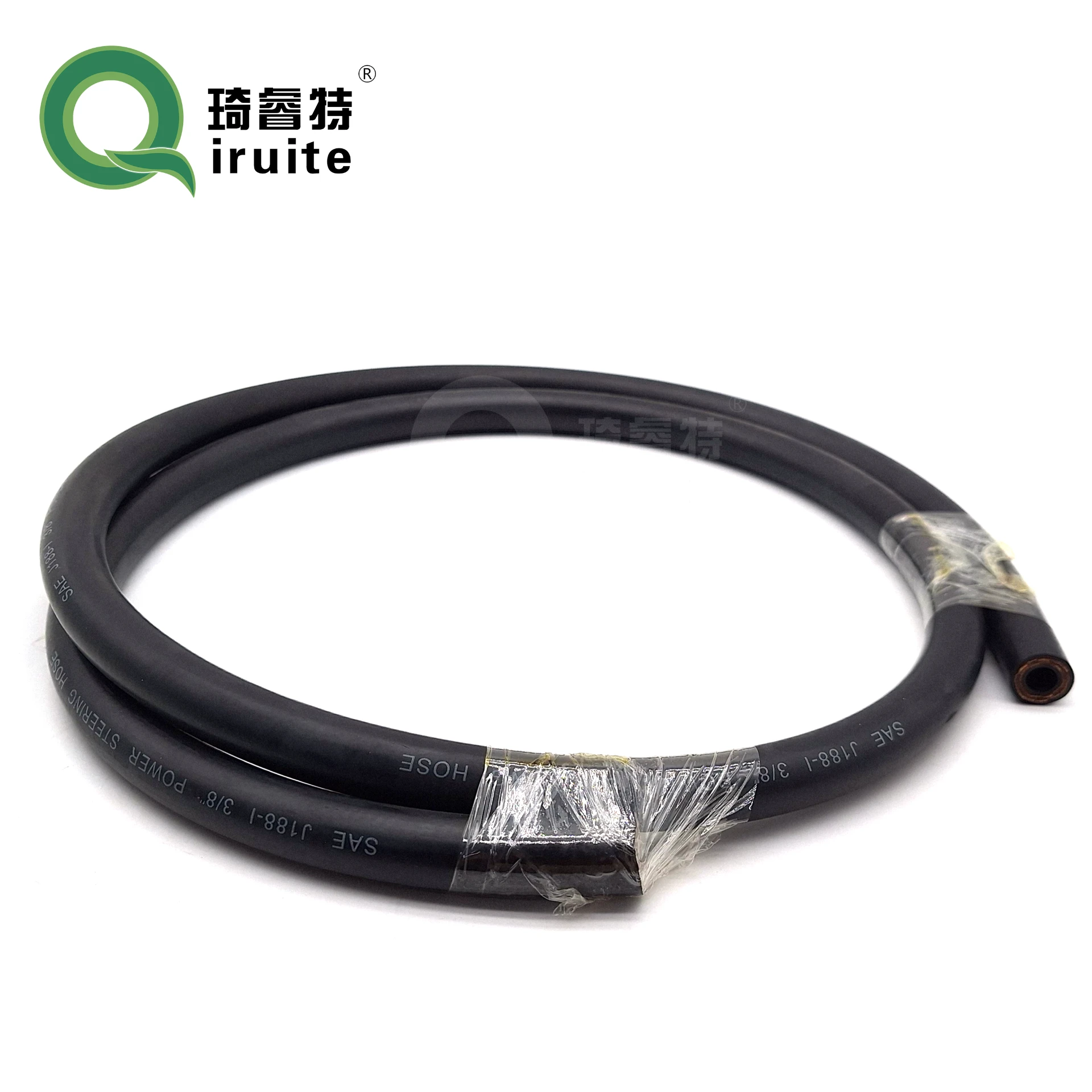Power Steering Hose Connector Types and Specifications for Your Vehicle's System
Understanding Power Steering Hose Fittings A Comprehensive Guide
Power steering systems are essential components in modern automobiles, significantly enhancing driver control and comfort. A crucial part of these systems is the power steering hose fitting, which ensures fluid connectivity and contributes to the overall functionality of the steering system. This article discusses the significance of power steering hose fittings, their types, installation, and maintenance tips.
What Are Power Steering Hose Fittings?
Power steering hose fittings are specialized connectors used to join the power steering hoses with the steering gear, pump, and reservoir. They allow for the efficient transfer of hydraulic fluid, which is vital for steering assistance. These fittings must be durable and resistant to high pressures since the power steering system operates under significant force.
Types of Power Steering Hose Fittings
There are two primary types of fittings used in power steering systems
1. Metric Fittings These are commonly found in vehicles manufactured outside North America. They typically feature a tapered thread and a unique size specification. Understanding the exact metric size is vital to ensure compatibility with the hoses and ensure a leak-free connection.
2. Imperial Fittings Often used in North American vehicles, these fittings will generally follow the SAE (Society of Automotive Engineers) standards. They can be either straight or angled and are designed for specific hose diameters, making it important to select fittings that match the original equipment.
Additionally, fittings can be classified based on whether they are male or female, as well as the type of connection. An understanding of the various fitting types can help in selecting the appropriate one for your vehicle's power steering system.
Importance of Proper Installation
Proper installation of power steering hose fittings is crucial for maintaining an efficient steering system. An incorrect fit can lead to leaks, reduced performance, and potential damage to the power steering pump or gear. Here are some basic steps for installing these fittings
power steering hose fitting

- Preparation Before beginning the installation, ensure that the old hoses and fittings are removed and that the new parts are clean and free from any debris. - Alignment Align the new fitting properly with the existing connections. It’s important to avoid cross-threading, which can cause leaks and necessitate a replacement.
- Torque Specification Always adhere to the manufacturer’s torque specifications when tightening the fittings. Over-tightening can lead to damage, while under-tightening may result in leaks.
Maintenance and Care
Regular maintenance of the power steering system is essential for longevity and performance. Here are some maintenance tips
- Inspect for Leaks Regularly check the power steering hose fittings and surrounding areas for any signs of fluid leaks. Early detection can save you from more extensive repairs in the future.
- Check Fluid Levels Keep an eye on the power steering fluid levels. Low fluid levels can indicate a leak or other issues within the system.
- Replace Worn Parts Over time, hoses and fittings can wear out or corrode. Replacing these components at the first signs of wear will help maintain optimal steering performance.
- Professional Servicing For those less experienced with vehicle maintenance, consulting with a professional mechanic can ensure that any issues with the power steering system are addressed promptly and correctly.
Conclusion
Power steering hose fittings play a vital role in the steering systems of modern vehicles. Understanding the types, proper installation methods, and maintenance practices can greatly enhance the reliability and performance of your power steering system. By ensuring that these components are in optimal condition, drivers can enjoy a smoother and safer driving experience. Whether you're a DIY enthusiast or simply looking to be more informed, knowledge of these fittings is beneficial for every car owner.
-
Ultimate Spiral Protection for Hoses & CablesNewsJun.26,2025
-
The Ultimate Quick-Connect Solutions for Every NeedNewsJun.26,2025
-
SAE J1401 Brake Hose: Reliable Choice for Safe BrakingNewsJun.26,2025
-
Reliable J2064 A/C Hoses for Real-World Cooling NeedsNewsJun.26,2025
-
Heavy-Duty Sewer Jetting Hoses Built to LastNewsJun.26,2025
-
Fix Power Steering Tube Leaks Fast – Durable & Affordable SolutionNewsJun.26,2025

